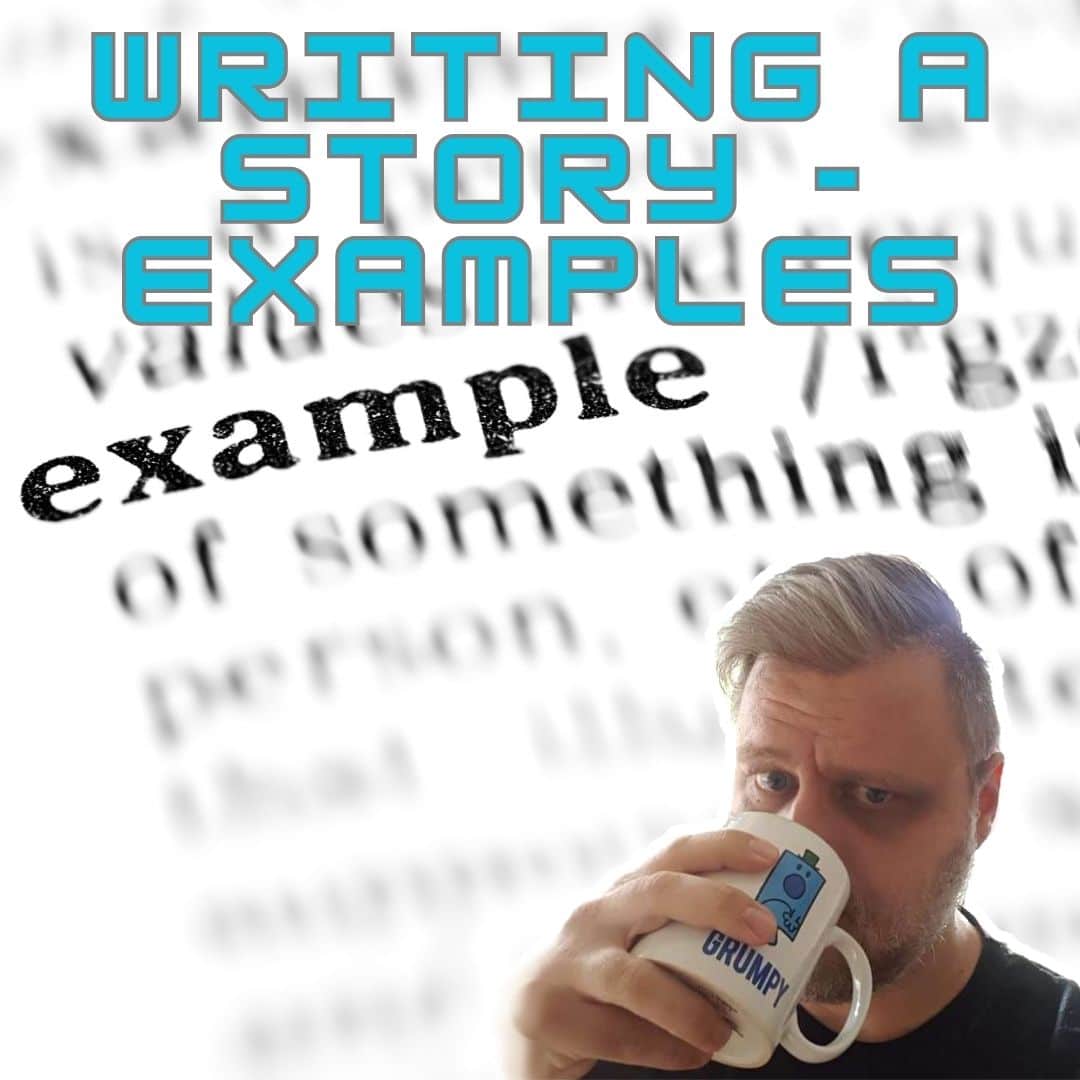Writing a compelling story is an art form that combines creativity, structure, and storytelling skills. While there’s no one-size-fits-all formula for writing a great story, examining examples of well-crafted narratives can provide invaluable insights and inspiration.
Below, we’ll review some of the most popular examples of stories – both classic and contemporary – that are sure to get your creative juices flowing.
Classic Literature: “Pride and Prejudice” by Jane Austen
Jane Austen’s “Pride and Prejudice” is a timeless example of character-driven storytelling. Through the intricate relationships and dialogue of its characters, the novel explores themes of love, class, and societal expectations. Austen’s witty and insightful writing style, along with her keen character development, creates a story that continues to captivate readers worldwide.
Lesson: Character depth and authentic dialogue can drive a story’s emotional impact.
Science Fiction: “Dune” by Frank Herbert
Frank Herbert’s “Dune” is a masterclass in world-building. Set in a complex and richly detailed science fiction universe, the story blends politics, religion, and ecology. Herbert’s ability to create a fully immersive and believable world showcases how the setting can be a character in itself.
Lesson: A well-developed setting can elevate the story and immerse readers in a new reality.
Mystery/Thriller: “Gone Girl” by Gillian Flynn
“Gone Girl” by Gillian Flynn is a gripping psychological thriller that keeps readers on the edge of their seats. Flynn skillfully employs unreliable narrators, plot twists, and shifting perspectives to create a story that challenges readers’ perceptions and keeps them guessing until the very end.
Lesson: Effective use of narrative structure and plot twists can enhance suspense and engagement.
Fantasy: “Harry Potter and the Sorcerer’s Stone” by J.K. Rowling
J.K. Rowling’s “Harry Potter” series is a modern fantasy classic. “Harry Potter and the Sorcerer’s Stone” introduces readers to a magical world filled with wonder, adventure, and relatable characters. Rowling’s ability to create a sense of wonder and her meticulous plotting make this story a beloved favorite.
Lesson: Imagination and a well-structured plot can create a magical reading experience.
Short Story: “The Lottery” by Shirley Jackson
Shirley Jackson’s short story “The Lottery” is a powerful example of concise storytelling. In just a few pages, Jackson conveys a chilling exploration of conformity and societal violence. The story’s impact lingers long after the last word.
Lesson: Short stories can be a potent medium for exploring profound themes in a compact format.
Historical Fiction: “All the Light We Cannot See” by Anthony Doerr
Anthony Doerr’s “All the Light We Cannot See” beautifully intertwines the lives of two characters during World War II. The novel’s lyrical prose and meticulous research transport readers to a tumultuous period in history. The intricate weaving of timelines and perspectives adds depth to the storytelling.
Lesson: Research, lyrical prose, and narrative structure can bring historical settings to life.
Romance: “The Notebook” by Nicholas Sparks
Nicholas Sparks’ “The Notebook” is a heartwarming romance that has touched the hearts of many. Sparks’ storytelling focuses on the emotional journey of his characters, emphasizing love, loss, and the enduring power of memory.
Lesson: Emotionally resonant storytelling can create a deep connection with readers.
What can you learn from these examples?
These examples offer valuable insight into the art of storytelling. They demonstrate how powerful it can be to ground stories in relatable characters, vivid settings, and emotionally resonant themes. Ultimately, these stories show that by tapping into our creativity and using a variety of narrative techniques, we can create captivating stories that entertain and move readers.
For my own stories, I like to focus on characters and settings first. The Bentley Hill stories, Nether Bumble, and Millicent Montgomery all share a common universe (or 8 square miles) and locations found in one book may appear in another. I understand these locations, which makes it easier to write stories in them – and it helps the reader to find something familiar to hold on to. From there, I work to develop characters with genuine struggles and motivations. To me, this makes for the most satisfying stories.
Finally, I keep in mind the importance of adding emotion to my stories. No matter what genre I’m writing in, I find that making my characters feel real emotions allows readers to connect with them on a deeper level. Many of these stories have a lot of humour in them, but that doesn’t mean that the characters have to be one-dimensional.
Except Ian Clepto at the post office. He’s an exception.
By studying examples from different genres and authors, aspiring writers can gain a deeper understanding of storytelling principles. While each story is unique, the lessons learned from these examples can serve as valuable guides and sources of inspiration on your own writing journey. So, pick up a book, immerse yourself in its world, and discover the secrets that make great stories come to life.
